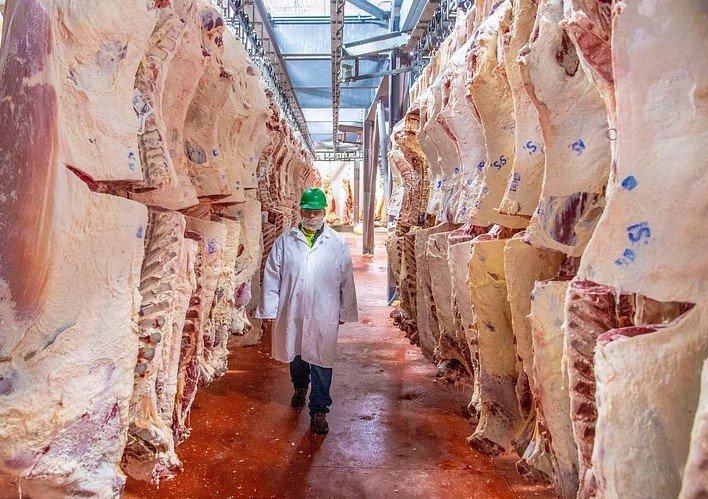Georgia’s meat industry saw steady operations in 2024, with official data shedding light on the number of active slaughterhouses, livestock processing, and production figures. The latest report from Geostat provides a clear breakdown of activity across the country, revealing regional contributions and market dynamics.
Slaughterhouses and Regional Distribution
Slaughterhouses remained a key part of Georgia’s agricultural sector, with 114 facilities actively operating in 2024. These were spread across different regions, each contributing a notable share to the overall industry.
- Kakheti led with 18.4% of all slaughterhouses.
- Shida Kartli followed closely, accounting for 16.7%.
- Imereti made up 15.8%, reflecting its agricultural significance.
- Kvemo Kartli contributed 14.9%, securing its place as a major player.
- Samegrelo-Zemo Svaneti and Mtskheta-Mtianeti each housed 9.6% of facilities.
- The remaining 15% were scattered across other regions.
The distribution highlights a relatively balanced network, ensuring livestock processing capacity across the country.

Livestock Processing and Slaughtering Data
Georgia’s slaughterhouses processed a total of 145,700 livestock in 2024. The breakdown of species provides insight into consumption trends and market demand.
- 60.1% of the total comprised pigs, confirming pork as a dominant meat source.
- Cattle accounted for 29%, supporting a significant beef industry.
- Sheep and goats represented 9%, catering to niche consumer preferences.
- The remaining 2% included other livestock, excluding poultry.
A separate category, poultry processing, showed significant volume. The fourth quarter alone saw 3.28 million birds processed, reinforcing poultry as a staple protein source for Georgian consumers.
Meat Production Breakdown
Total meat production in the last quarter of 2024 stood at 17,400 tons. The composition of this output underscores the country’s reliance on certain types of meat over others.
| Meat Type | Share of Total Production |
|---|---|
| Poultry | 36.1% |
| Pork | 34.8% |
| Beef | 27.9% |
| Mutton & Goat | 1.1% |
| Other Meats | Negligible |
Poultry remained the leading contributor, accounting for more than a third of total meat output. Pork production followed closely behind, while beef still maintained a strong presence in the market. Mutton and goat meat, while minor in overall share, continued to serve a dedicated consumer segment.
Employment and Slaughterhouse Clients
The industry also played a role in employment and local economies. On average, 1,047 people were employed in slaughterhouses each month, reflecting the sector’s steady job creation.
Slaughterhouses served 9,500 clients in total, with the following distribution:
- 58.3% were individual households using facilities for personal livestock processing.
- The remaining share consisted of businesses, including butchers and meat distributors.
This balance between household and commercial clients highlights the dual nature of Georgia’s meat industry—catering both to small-scale producers and larger market suppliers.
Processing Fees and Cost Considerations
The cost of processing livestock varied by type, with fees reflecting labor, facility expenses, and operational overhead. On average, charges per animal were as follows:
- Cattle: 37.2 GEL per head
- Pigs: 30.7 GEL per head
- Sheep or Goats: 12.5 GEL per head
These prices indicate a structured pricing system, ensuring affordability for farmers and businesses alike while maintaining profitability for slaughterhouse operators.
